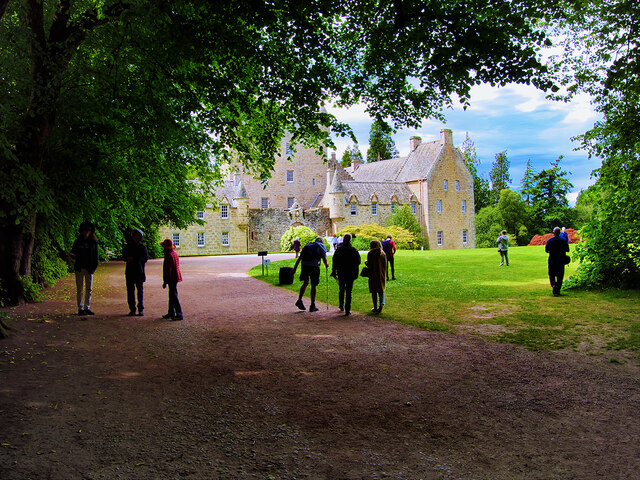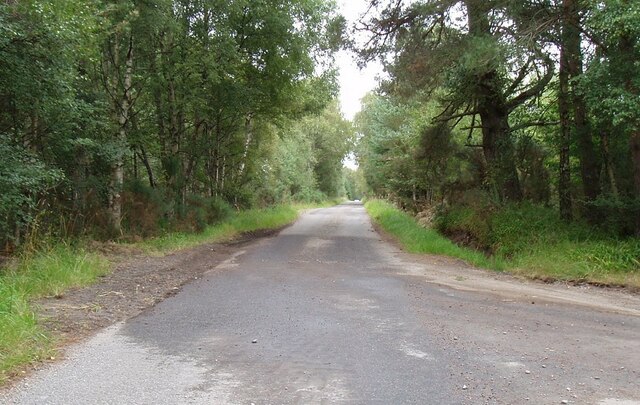Tomnaghuail Wood
Wood, Forest in Nairnshire
Scotland
Tomnaghuail Wood

Tomnaghuail Wood is a beautiful forest located in Nairnshire, Scotland. Covering an area of approximately 100 hectares, the wood is home to a diverse range of flora and fauna, making it a popular destination for nature lovers and outdoor enthusiasts.
The woodland consists mainly of native species such as oak, birch, and rowan trees, creating a lush and vibrant environment. Visitors can explore the wood via a network of well-maintained trails, which provide stunning views of the surrounding countryside.
Tomnaghuail Wood is also known for its abundant wildlife, including deer, red squirrels, and a variety of bird species. Birdwatchers will delight in the opportunity to spot rare and elusive species in their natural habitat.
In addition to its natural beauty, the wood also holds historical significance, with remnants of ancient settlements and burial sites scattered throughout the area. Archaeology enthusiasts can explore these sites and learn about the rich history of the region.
Overall, Tomnaghuail Wood offers a peaceful and serene escape from the hustle and bustle of everyday life, making it a must-visit destination for those seeking a connection with nature.
If you have any feedback on the listing, please let us know in the comments section below.
Tomnaghuail Wood Images
Images are sourced within 2km of 57.517529/-3.9177413 or Grid Reference NH8549. Thanks to Geograph Open Source API. All images are credited.





Tomnaghuail Wood is located at Grid Ref: NH8549 (Lat: 57.517529, Lng: -3.9177413)
Unitary Authority: Highland
Police Authority: Highlands and Islands
What 3 Words
///game.motive.slide. Near Nairn, Highland
Nearby Locations
Related Wikis
Cawdor
Cawdor (Scottish Gaelic: Caladair) is a village and parish in the Highland council area, Scotland. The village is 5 miles (8 kilometres) south-southwest...
Cawdor Castle
Cawdor Castle is a castle in the parish of Cawdor in Nairnshire, Scotland. It is built around a 15th-century tower house, with substantial additions in...
Culcharry
Culcharry is a small residential settlement, close to the village of Cawdor and the hamlet of Brackla, lying 4 miles southwest of Nairn, in Nairnshire...
Piperhill
Piperhill is a village, located four miles south of Nairn in Nairnshire, Scottish Highlands and is in the Scottish council area of Highland.
Nearby Amenities
Located within 500m of 57.517529,-3.9177413Have you been to Tomnaghuail Wood?
Leave your review of Tomnaghuail Wood below (or comments, questions and feedback).












